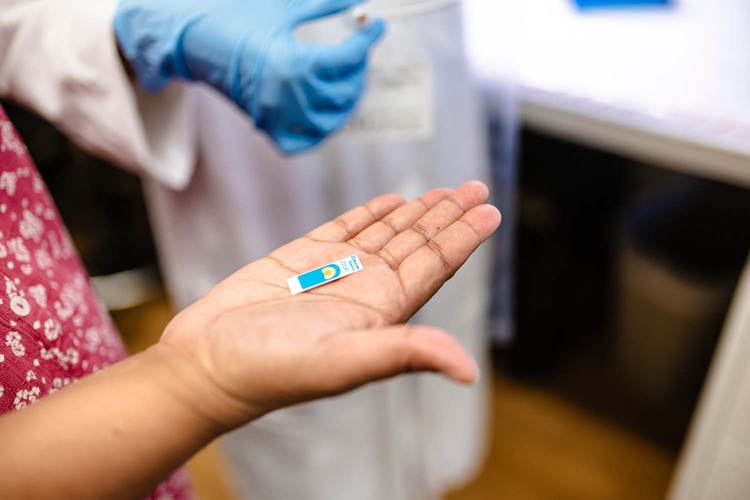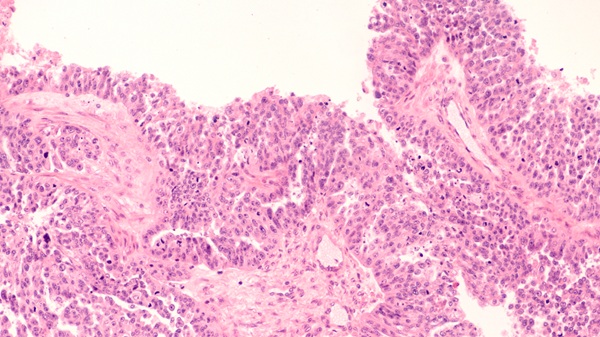Paper-Based Biosensor System to Detect Glucose Using Sweat Could Revolutionize Diabetes Management
Posted on 17 Dec 2024
Millions of individuals with diabetes monitor their glucose levels daily using finger-stick devices that draw and analyze blood. But imagine if this could be done with just a sweat sensor. This is the concept behind new research that could change diabetes management by eliminating the discomfort and inconvenience of traditional methods.
Traditional glucose monitoring systems use enzymatic reactions with blood samples, but these methods are not shelf-stable, making them difficult to store and ship. The self-replicating properties of bacteria, however, offer a potential solution. Researchers at Binghamton University (New York, NY, USA) have developed a new paper-based biosensor system that uses Bacillus subtilis bacterial spores, which germinate in response to glucose in potassium-rich fluids like sweat. The power generated by the spores indicates the glucose level, and the system can withstand harsh environments, activating only when the right conditions are met. This novel approach could transform diabetes management by eliminating the need for painful finger-stick blood samples.

The research team had previously used paper as a platform to create detectors for lead ions in seawater. Their earlier work also includes integrating biobatteries into 3D-printed circuits, creating devices that generate moisture from the air, and designing self-powered mechanical bugs for collecting ocean data. In light of the current global energy crisis, using bacteria to generate power presents a promising, sustainable solution. Since the biosensor is paper-based and disposable, it is cost-effective and simple to use. After publishing their findings in the journal Microsystems & Nanoengineering, the researchers are now working on refining the detection process further.
“Everyone has a different potassium concentration in their sweat, and I don’t know how this concentration affects the glucose,” said Professor Seokheun “Sean” Choi, who adapted the knowledge of biobatteries gained in his Bioelectronics and Microsystems Lab over the past 15 years to build the paper-based biosensor system. “The sensitivity also is lower than conventional enzymatic biosensors. But from this work, we created a new sensing mechanism to detect glucose. No one has done that yet.”








 (3) (1).png)





